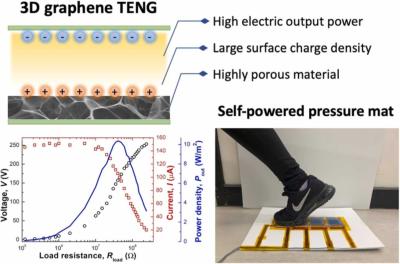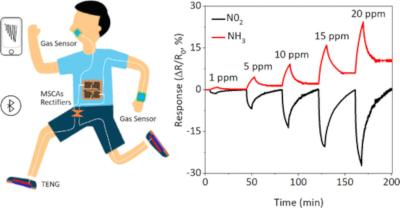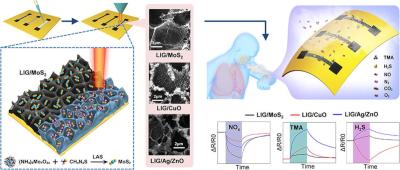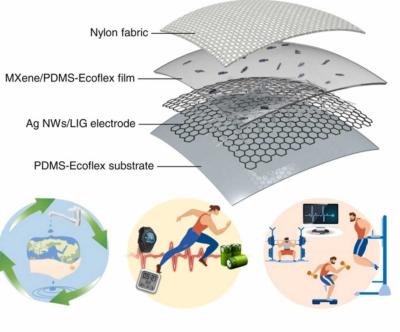New GIANCE project focuses on graphene-based solutions for environmental challenges
The GIANCE research project officially commenced on October 1st, marking a step toward addressing environmental challenges with innovative solutions.
GIANCE is an ambitious initiative that seeks to establish a holistic, integrated and industry-driven platform with a clear focus on improving sustainable materials and their real-world applications. This project is dedicated to designing, developing and scaling up the next generation of cost-effective, sustainable, lightweight and recyclable graphene and related materials (GRM)-based multifunctional composites, coatings, foams and membranes (GRM-bM).



